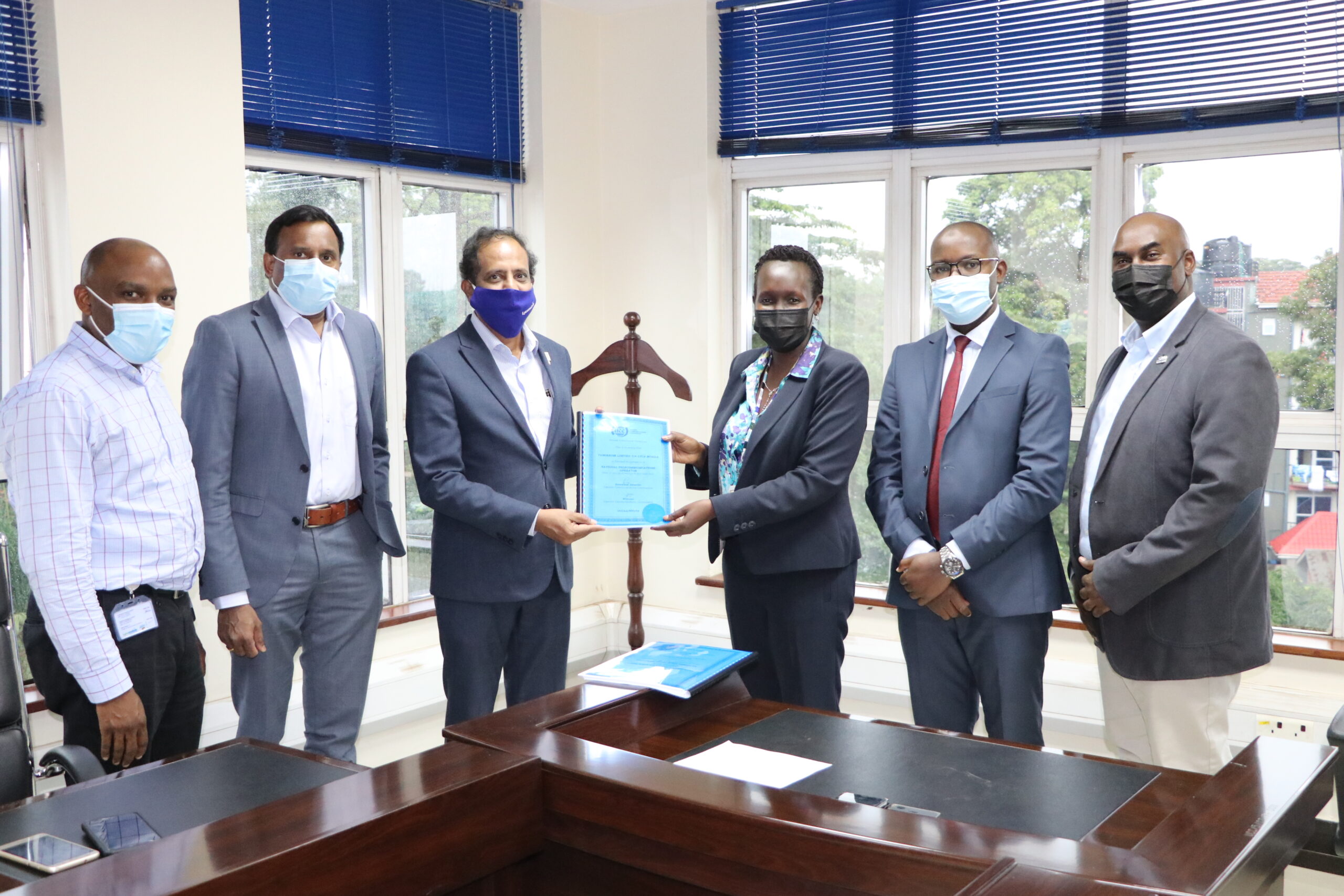A 53-year-old man from Düsseldorf, Germany who was equally HIV positive has remained HIV-Free 10 years after receiving a stem-cell transplant for cancer.
According to the latest report published in Nature Medicine and discussed by scientists attending the annual Conference on Retroviruses and Opportunistic Infections (CROI) that ends on Thursday, the Düsseldorf patient was diagnosed with acute myeloid leukaemia in 2011, shortly after he was initiated on Anti-retroviral therapy (ART).
By 2013, when the surgery was conducted, scientists at Düsseldorf University Hospital said in a statement that the patient’s levels of HIV were extremely low. The team led by virologist Björn-Erik Jensen destroyed the patient’s cancerous bone marrow cells and replaced them with stem cells from a donor with HIV-resistant cells which scientists have codenamed CCR5Δ32/Δ32 mutation1.
The nature report shows that in the next five years after surgery, the team consistently took tissue and blood samples from the patient and continued to find immune cells that specifically reacted to HIV, which suggested that a reservoir remained somewhere in the man’s body. They also found HIV DNA and RNA in the patient’s body, but these never seemed to replicate.
In an effort to understand more about how the transplant worked, Jensen’s team ran further tests, which included transplanting the patient’s immune cells into mice engineered to have human-like immune systems. The virus failed to replicate in the mice, suggesting that it was nonfunctional. The final test was for the patient to stop taking ART.
In a statement, however, Jensen says even with such results and previous studies that tried to link HIV cure to bone-marrow replacement, it’s unlikely that the procedure will be rolled out to people who don’t have leukaemia because of the high risk associated with it, particularly the chance that an individual will reject a donor’s marrow.
Jensen says that his team has performed transplants for several other people affected by both HIV and cancer using stem cells from donors with the same mutation, but that it is too early to say whether those individuals are virus-free. His team plans to study whether, if a person has a larger reservoir of HIV at the time of receiving a transplant, this affects how well the immune system recovers and eliminates any remaining viruses from the body.
However, it should be noted, there are other four people who scientists have said have proven to eliminate HIV after the procedure. The first was Timothy Ray Brown who came to be popularly known as the ‘Berlin patient who received two transplants to treat leukaemia in 2006. This patient was later described in a poster presented at CROI in 2008.
At the time of his death in September 2020, the Berlin Patient had been free of HIV for more than 13 years.
–URN





